China tames new outbreak but elsewhere virus cases surge
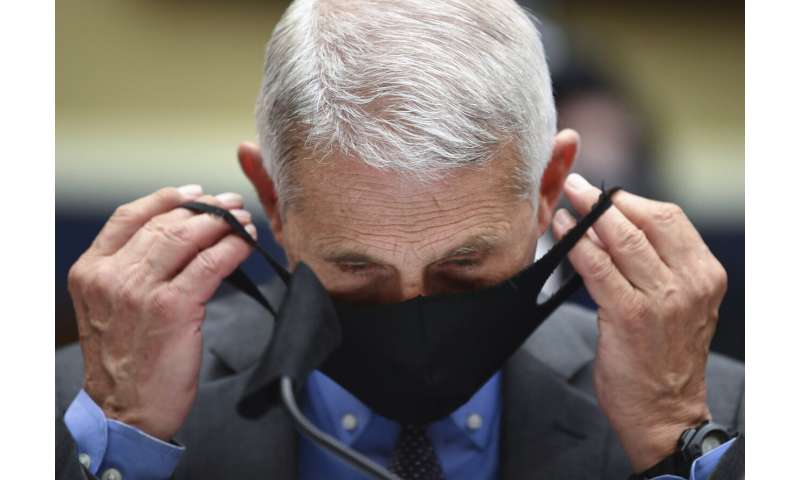
China appears to have tamed a new outbreak of the coronavirus in Beijing, once again demonstrating its ability to quickly mobilize vast resources by testing nearly 2.5 million people in 11 days.
But elsewhere in the world, cases were surging Wednesday. India reported a record daily increase of nearly 16,000 new cases. Mexico, where testing rates have been low, also set a record with more than 6,200 new cases.
In the U.S., increases over the past few days have jumped to near the level of the outbreak’s previous peak in April. Several states have set single-day records, including Arizona, California, Mississippi, Nevada and Texas.
In Arizona, which on Tuesday reported 3,600 new infections, hundreds of young conservatives packed a megachurch to hear President Donald Trump’s call for them to back his reelection bid.
As he did at a rally in Oklahoma over the weekend, Trump referred to the virus with a pejorative term directed at its emergence in China.
Ahead of the event, the Democratic mayor of Phoenix, Kate Gallego, made clear that she did not believe the speech could be safely held in her city—and urged the president to wear a face mask. He did not. Trump has refused to wear a mask in public, instead turning it into a red-vs.-blue cultural issue.
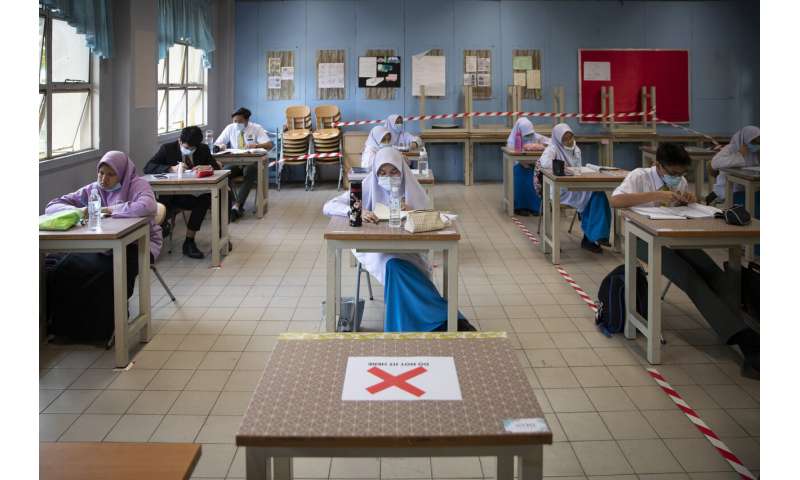
Earlier Tuesday, Dr. Anthony Fauci told Congress that the next few weeks were critical to tamping down the surge.
“Plan A, don’t go in a crowd. Plan B, if you do, make sure you wear a mask,” said Fauci, the infectious disease chief at the National Institutes of Health.
In China, an outbreak that has infected more than 200 people in the capital this month appeared to be firmly waning. China on Wednesday reported 12 cases, down from 22 the day before. Beijing reported seven new cases, down from 13.
Officials in Beijing said they tested more than 2.4 million people between June 12 and June 22. That’s more than 10% of the capital’s population of about 20 million.
Authorities began testing people at food markets and in the areas around them. They expanded that to include everyone from restaurant staff to the city’s 100,000 delivery workers. China also said it used big data to find people who had been near markets for testing, without specifying how.
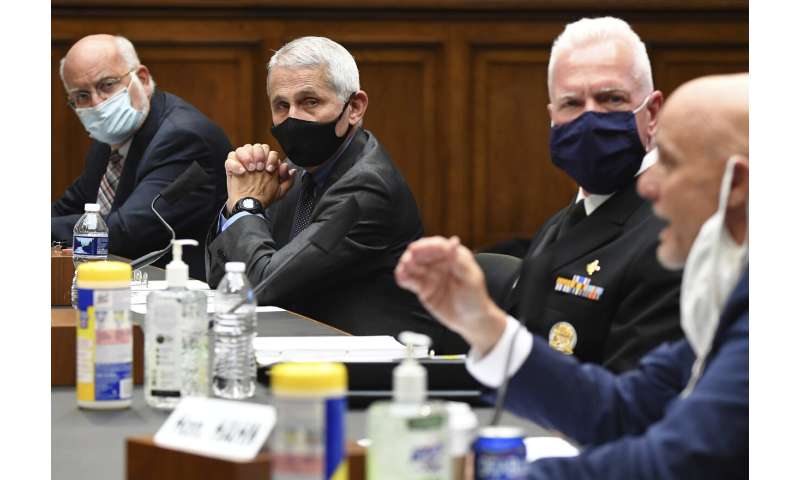
The vast majority have tested negative, though one courier delivering groceries from supermarkets tested positive.
A single inflatable mobile lab in one district was capable of conducting 30,000 tests a day, the official Xinhua News Agency said.
In South Korea, which successfully tamed its first wave of infections, is seeing another rise. While the first outbreak was centered in its fourth-largest city, the current outbreak is centered in the Seoul region, where most South Koreans live. Authorities reported 51 cases Wednesday. Its increase of 40 to 50 cases every day over the past two weeks comes amid increased public activity and eased attitudes on social distancing.
In India, with a population of more than 1.3 billion, the densely populated cities of Mumbai and New Delhi have been hardest hit. The country has reported more than 450,000 cases of the virus, including more than 14,000 deaths.
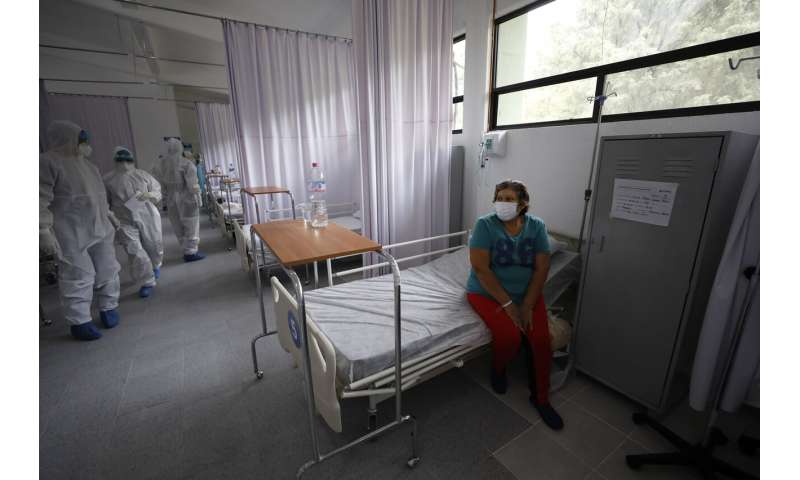

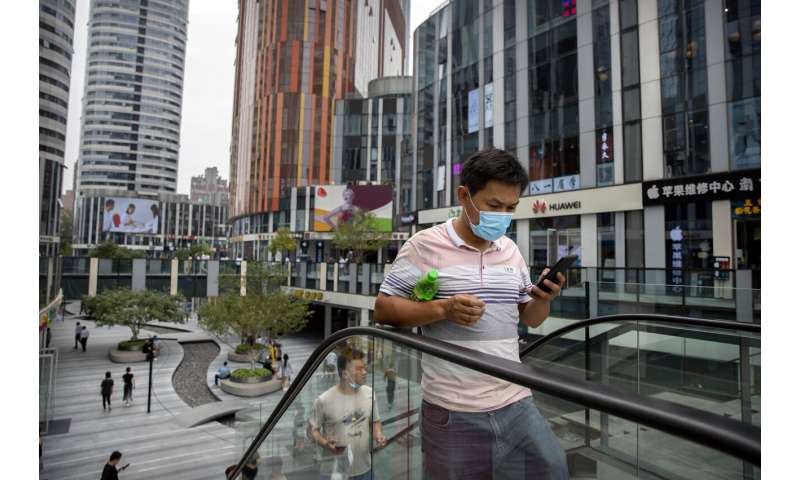

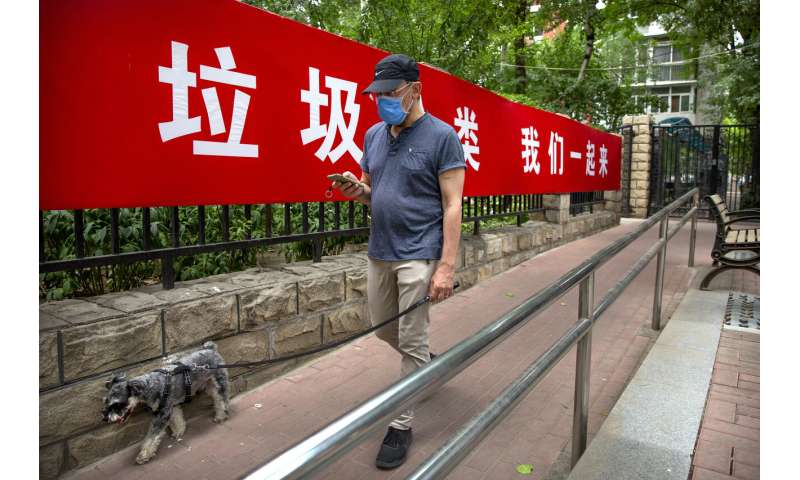
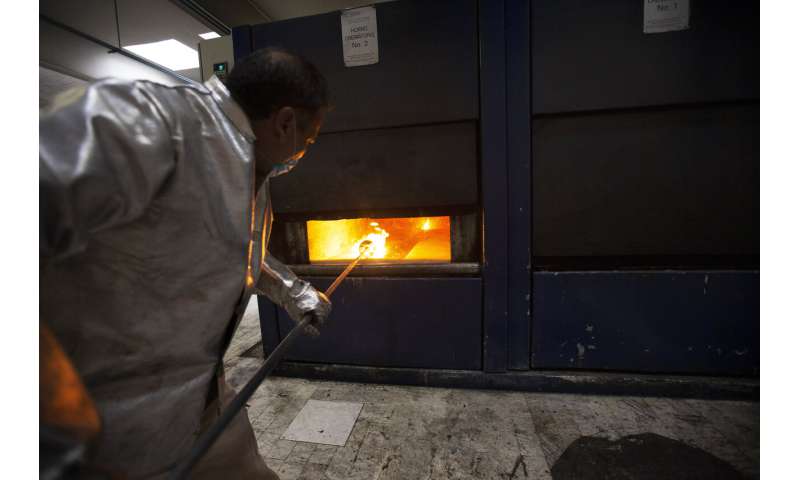
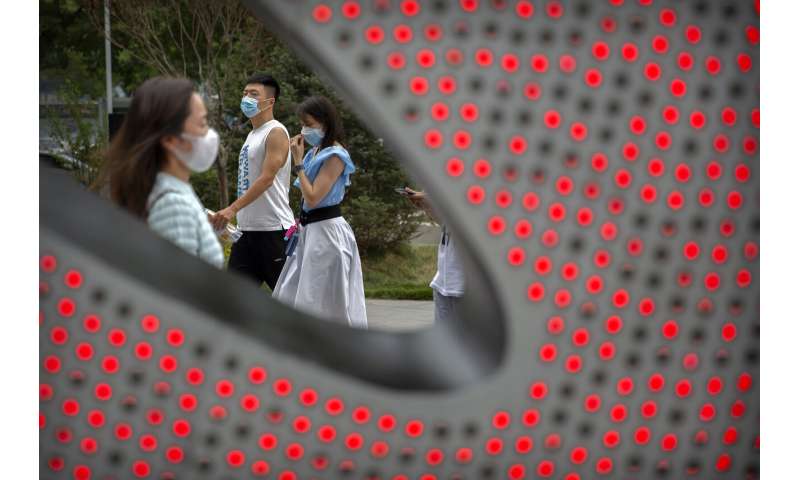
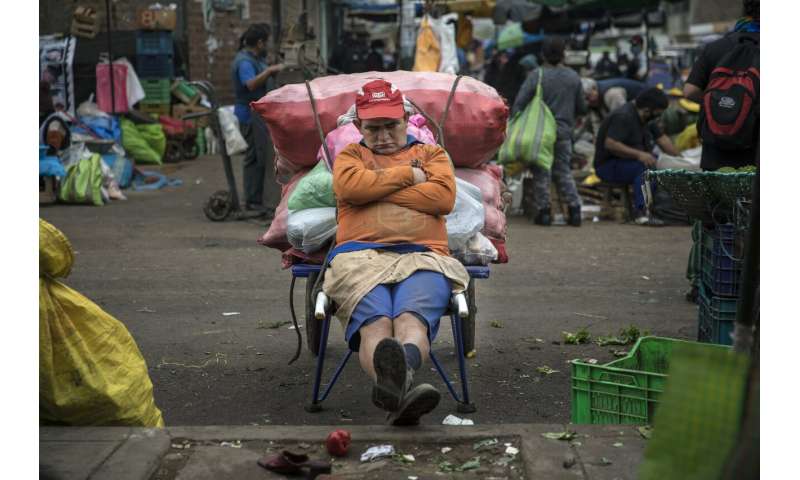
The situation in New Delhi is a rising concern, with the federal government criticizing its poor contact tracing and a lack of hospital beds.
Mexico reported nearly 800 new deaths on Wednesday. The country has recorded more than 190,000 cases and more than 23,000 deaths, although officials acknowledge both are undercounts due to extremely low testing rates. Mexico has performed only about half a million tests, or about one for every 250 inhabitants.
Source: Read Full Article
